Augustus Pugin (Augustus Welby Northmore Pugin) (Bloomsbury, London, March 1, 1812 - Ramsgate, Kent, September 14, 1852) is a British architect who remained famous for his work on various churches and especially the Palace of Westminster. He wrote a good number of texts on architecture, mainly about Gothic architecture and decoration. Augustus Pugin is the son of a designer of French origin, expert in medieval architecture, Auguste Charles Pugin, and an English mother, Catherine Welby. His father taught him drawing and medieval architecture based on the in-depth knowledge he had of them, in fact the Pugin family went to France in 1819 with the aim of visiting medieval monuments in particular. He also participated, with his father, in the restoration of Windsor Castle and he designed new furniture there. This is the starting point of his vocation which was to make him a major representative of the English neo-Gothic movement. Pugin advocates Gothic architecture, which he considers to be the most truly Christian style. Moreover, he strives to find the structure of the medieval construction more than to copy its form. In 1831, he was a set designer at the London theater in Covent Garden. Following the fire at the Palace of Westminster in 1834, Pugin was recruited by Charles Barry to work on the new Parliament building in London. He converted to Catholicism, which did not prevent him from continuing to build or restore Anglican places of worship. His style, theorized in works such as The True Principles of Christian Architecture, had considerable influence at the time. In 1838 he built the new building of Oscott College in Birmingham. He built a number of religious buildings. Among other things, from 1838 to 1839, he built St. Mary's Church in Derby in Derbyshire; from 1839 to 1841, he was entrusted with the interior of Saint-Chad Cathedral in Birmingham. From 1841 to 1846, it was St. Giles Church in Cheadle in Staffordshire and from 1845 to 1850, he built St. Augustine's Abbey in Ramsgate, Kent, in the immediate vicinity of his own home. , The Grange. The Grange, his neo-Gothic house at Ramsgate in Kent, which he designed and built in 1843-44 and where he died in 1852, was restored in 2003-2006 and is now open to the public. In 1840, he restored Alton Castle. The same year, he drew up plans for the English Benedictine chapel in Douai, his only building in France. Then the Rosminian fathers had him draw the plans for Ratcliffe College in Leicestershire. Pugin created a “medieval courtyard” during the Universal Exhibition of 1851. He is the founder of the culturalist concept in town planning.







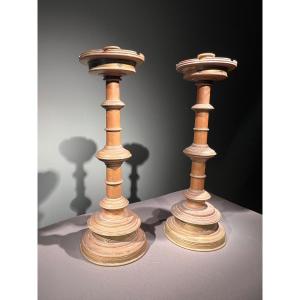





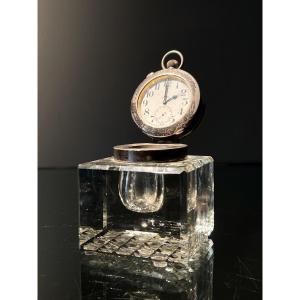
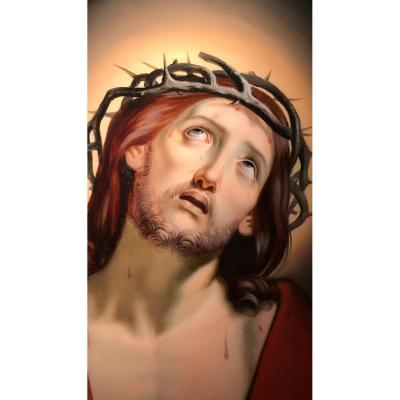




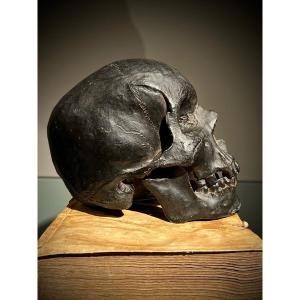
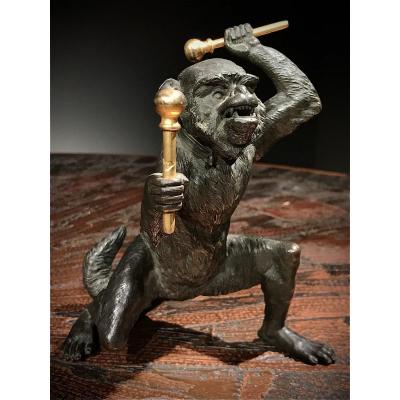
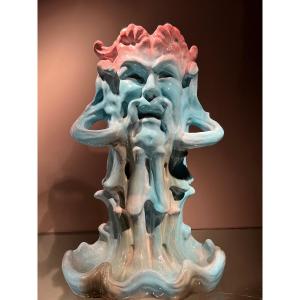
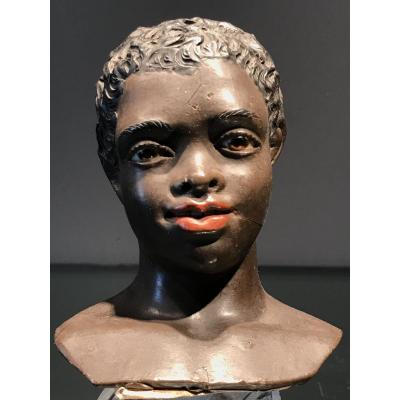

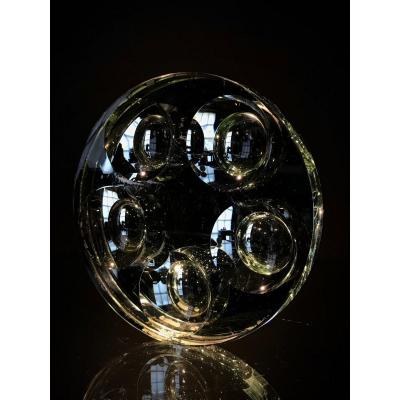

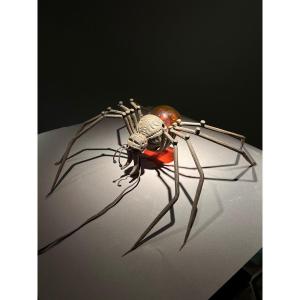


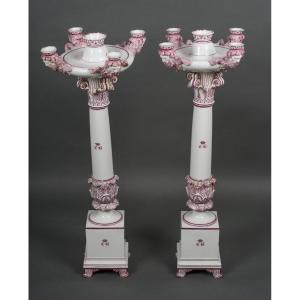

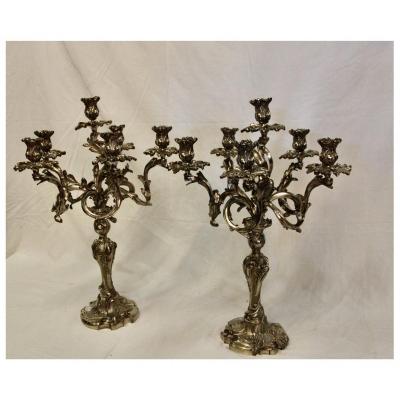




 Le Magazine de PROANTIC
Le Magazine de PROANTIC TRÉSORS Magazine
TRÉSORS Magazine Rivista Artiquariato
Rivista Artiquariato